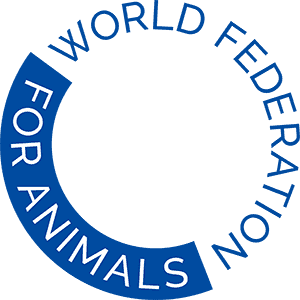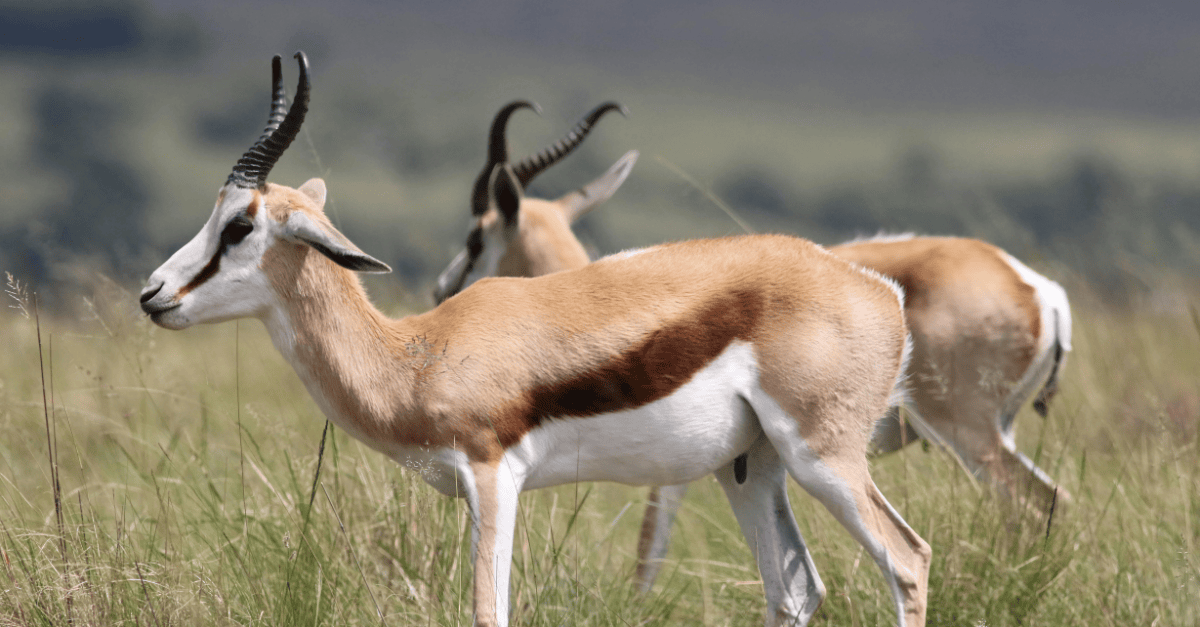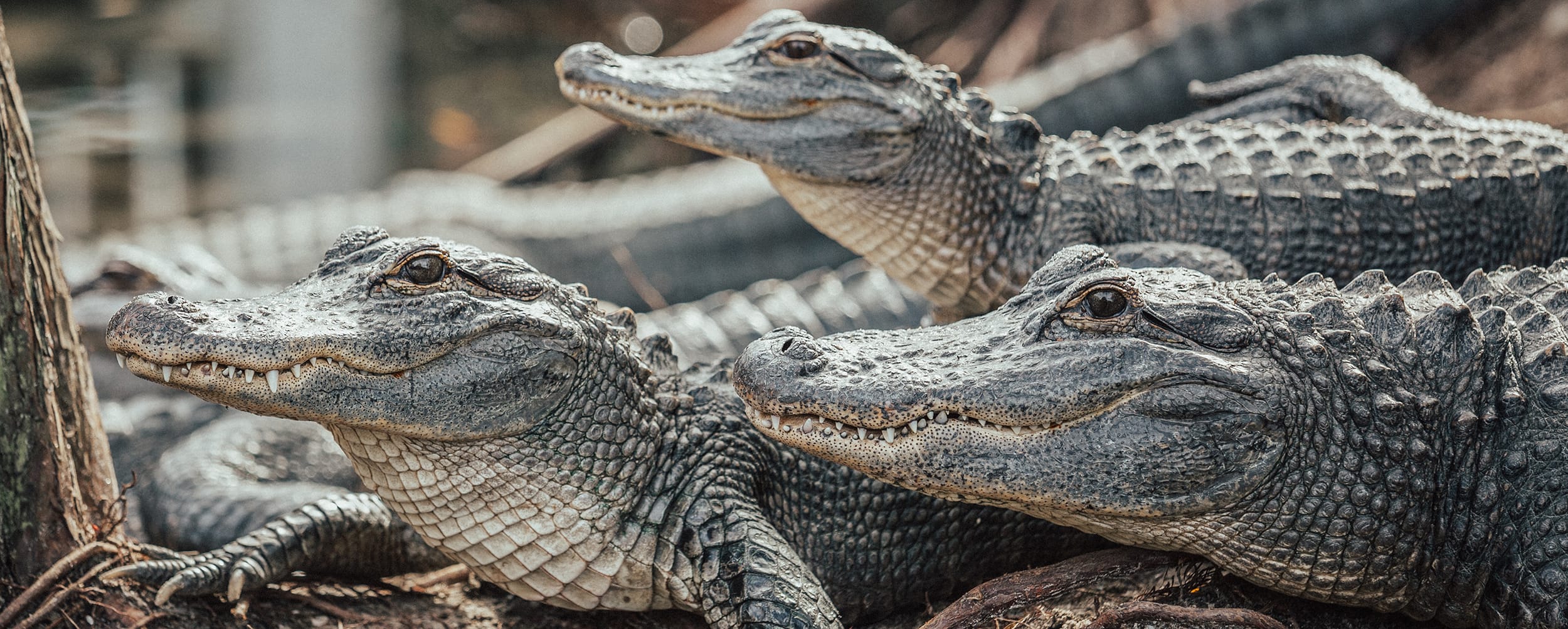As the High-Level Political Forum (HLPF) on Sustainable Development convenes, one of the key areas under review will be SDG 6, “Water & Sanitation.” For UN Member States to ensure clean water availability for everyone, they must urgently address the root causes of the water crisis. Among these causes, industrial agriculture stands out as a major contributor to water pollution.
A 2017 report by the Food and Agriculture Organization (FAO) highlighted the alarming impact of water pollution from agriculture. It emphasised that the rising demand for environmentally intensive foods, including meat from industrial farms, is driving unsustainable agricultural practices and degrading water quality.
Industrial animal agricultural systems, characterised by confined and densely populated animal operations, generate excessive amounts of manure and waste – with single large operations in some cases producing over 1.6 million tons, equivalent to about 75,000 truck loads, annually. When the land’s absorptive capacities are exceeded, this leaches into groundwater or runs off into nearby water bodies.
Manure from such livestock operations thereby introduces vastly increased nutrients such as nitrogen, phosphorus, and potassium into water bodies. Nutrient overload, in turn, leads to eutrophication, triggering excessive algae growth that depletes water oxygen levels, killing fish and other marine animals. Cyanobacteria, a type of algae that thrives in these conditions, produces toxins that can endanger humans and other organisms relying on affected water sources.
Meanwhile, industrial farming introduces anthropogenic chemicals into our waterways. The presence of pathogens, veterinary pharmaceuticals and antimicrobials, heavy metals, and hormones in manure poses additional risks to human and environmental health. The industrial scale production of animal feed crops compounds the problem, relying on inputs like fertilisers and pesticides that contribute to pollution. Some of these chemicals are deliberately designed and applied to kill wildlife, and they end up killing unintended victims that are integral to natural food webs.
A transition to high-welfare animal systems offers a solution to mitigate pollution from agriculture
Shifting to high-welfare animal systems that allow animals to graze or feed on farm-grown crop residues offers a solution to mitigate pollution from agriculture. These extensive systems tend to recouple animal and crop cycles and have a lower reliance on high input feeds, lowering the risk of runoff and leaching, thus minimising water pollution.
For example, the European Commission’s Sustainable Finance Platform has acknowledged the potential for improved livestock production systems to contribute to pollution prevention and control. Integrated crop-livestock systems, where freer animals feed and live directly on the land, can help provide nutrients like nitrogen for crops through animal manure and nitrogen-fixing plants, but without producing excessive levels that run off into waterways. By minimising the need for external inputs like fertilisers or intensively-grown feed, these systems significantly reduce water pollution.
A shift to moderate the consumption of animal products can reduce water pollution
A shift towards moderating the consumption of animal products holds the potential to help further in tackling water pollution. By redirecting current animal feed crops from industrial systems towards human consumption, a significant reduction in various pollutants can be achieved.
Moreover, reducing the demand for animal-sourced foods emerges as a crucial strategy in the pursuit of a sustainable food system that preserves water resources. This approach aligns with the definition provided by the Food and Agriculture Organization (FAO), which emphasises the need for a food system that caters to food security and nutrition for all, without compromising the economic, social, and environmental foundations necessary for future generations.
To tackle water pollution, protect human health, and safeguard the environment, it is crucial to recognise that the industrial production of animal products is a primary contributor. Prioritising animal welfare serves as a lever for transitioning towards production and consumption systems that impose a lesser burden on the environment, including the degradation of our water sources.
This article has been adapted from our Unveiling the Nexus report published in March 2023.





